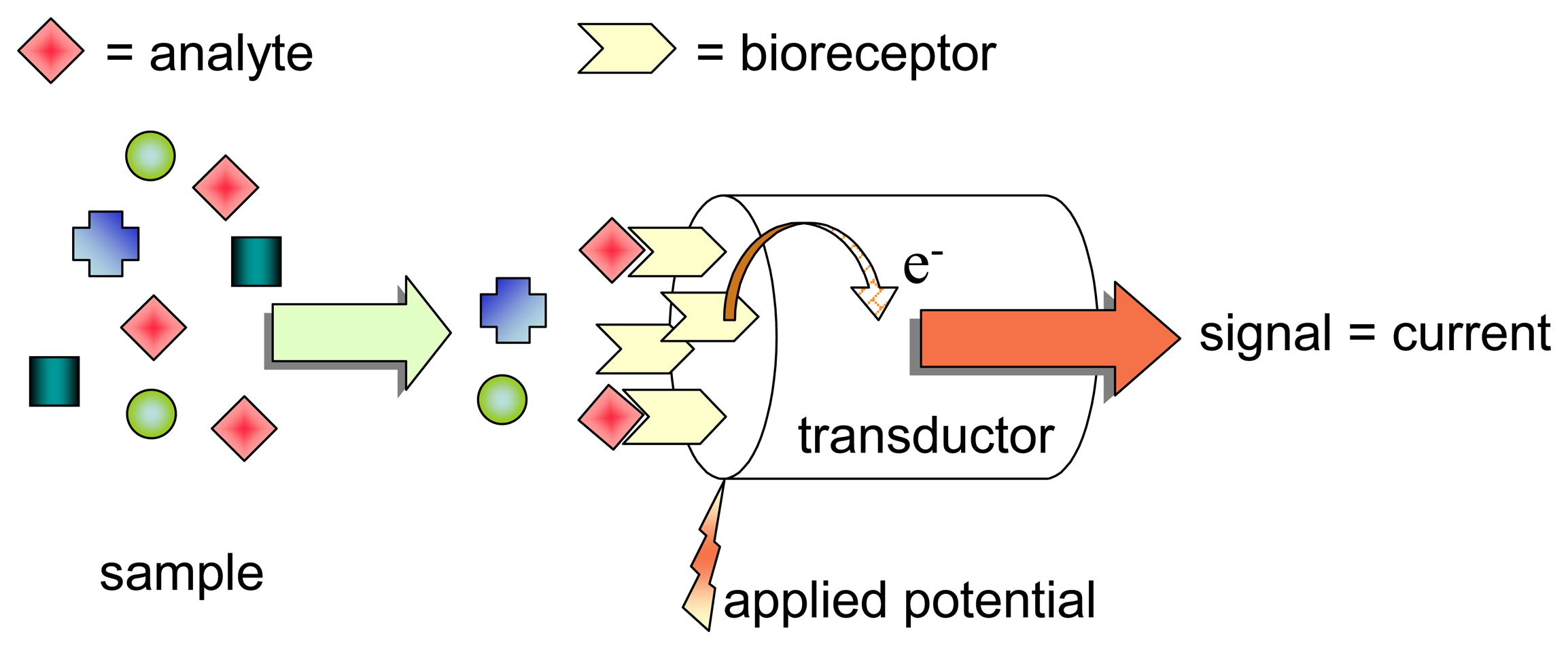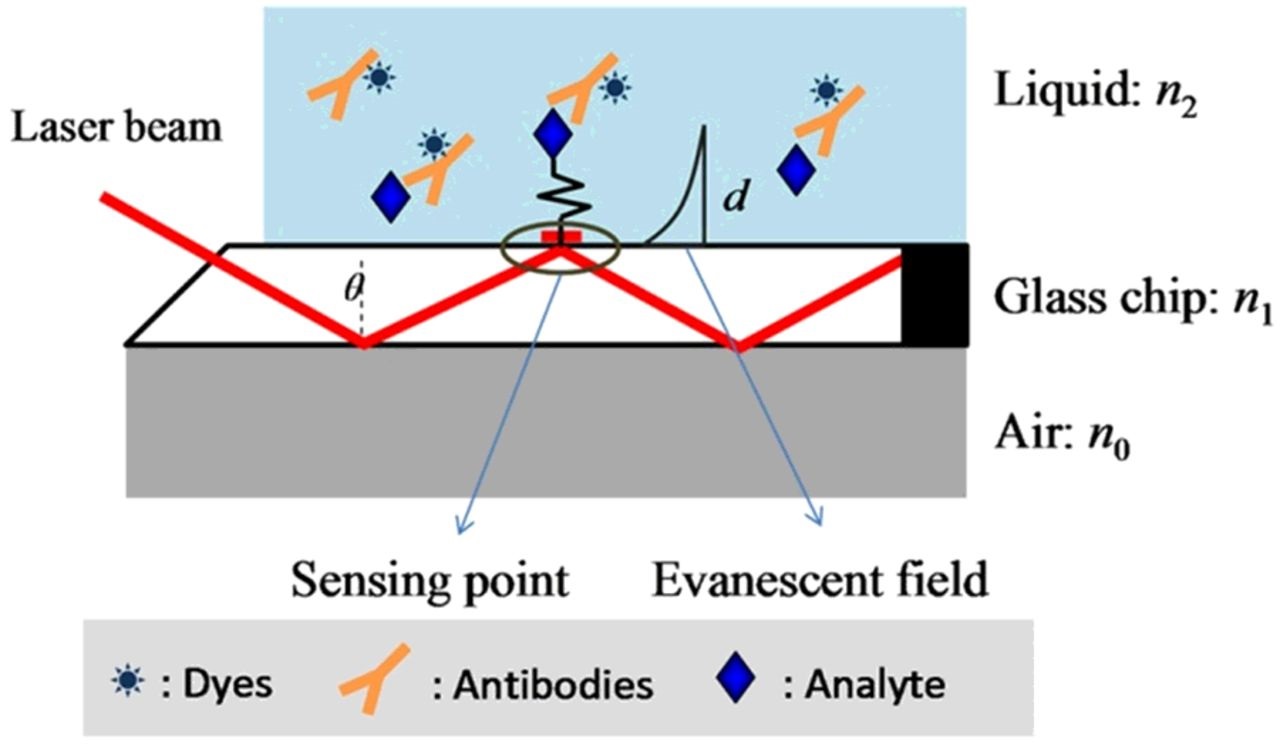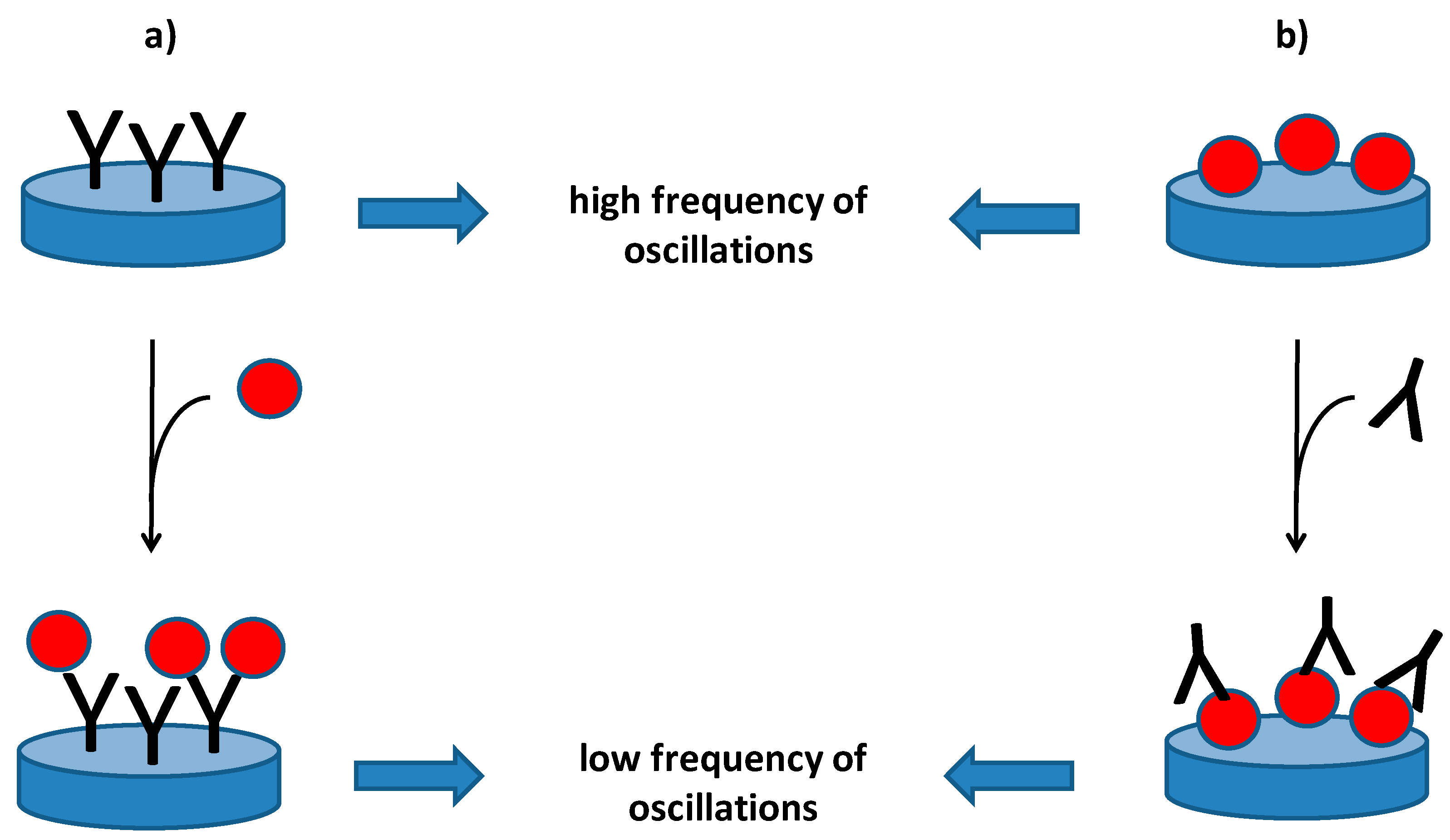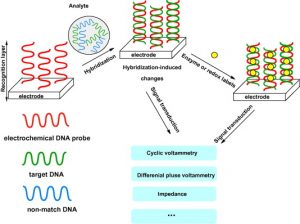BIOSENSORS
INTRODUCTION
- Biosensors are analytical devices.
- Comprises of four components.
- The components are biological recognition, an interfaced transducer, amplifier, processor and display unit.
- The biological recognition relies on enzymes, whole cells, antibodies, or nucleic acids
- The signal transduction exploits electrochemical, optical, piezoelectric, magnetic, or thermal interfaces
- Biosensors detect the presence or concentration of a biological analyte, such as a biomolecule, a biological structure, or a microorganism.
- They qualitatively analysis various substances by converting the biological actions of the substance into measurable signals.
- The Father of biosensors is Professor Leland C Clark Jnr.
PRINCIPLE
- It is based on the principle of signal transduction.
- The bioreceptor first interacts with a specific analyte.
- This interaction is then measured by the transducer.
- The transducer detects and outputs a signal.
- The intensity of this output is directly proportional to the concentration of the analyte.
- The electronic system then amplifies and processes the signal.
- After processing the signal it is read out and displayed for monitoring.
- The biological material that binds to the analytes to be detected is usually immobilised.
- Contact is made between the transducer and the material.
- Conversion of the analyte may take place which releases heat, gas, electrons ions.
COMPONENTS OF BIOSENSOR
- Biological element– This component is used to bind to the target molecule.
- It must be highly specific towards the targeted analyte.
- It is stable under the storage condition and immobilised.
- The biological element could be any microorganism, tissue, cell, organelle, nucleic acid, enzyme, enzyme component, receptor or an antibody.
- It detects the presence of the target molecule in the test solution.
- Physiochemical Transducer– It measures the physical change that occurs due to the reaction at the bioreceptor.
- It transforms the energy released in the reaction into measurable electrical output.
- Detector – It is a microprocessor.
- The signals generating from the transducer passes to the detector which then amplifies and analyses the signals.
- The analysed data is converted to concentration units.
- Then it is transferred to display or data storage device.
FEATURES OF AN IDEAL BIOSENSOR
- Specificity for the analytes.
- Reactions used should be independent of factors such as pH, temperature, stirring, etc.
- Its response should be linear.
- Sufficient sensitivity and selectivity.
- Speed of response should be sufficient.
- The device should be tiny and compatible biologically.
- The device should be cheap, easy to use and compatible for repeated use.
TYPES OF BIOSENSOR
- Calorimetric Biosensors
- Potentiometric Biosensors
- Acoustic wave Biosensors
- Amperometric Biosensors
- Optical Biosensors
- Piezoelectric biosensors
- Glucose biosensors
- Electrochemical DNA biosensors
- DNA biosensors
CALORIMETRIC BIOSENSORS
- The analyte concentration is measured by the exothermic reactions catalyzed by enzymes.
- An analyte solution is passed through a small packed column.
- This column contains an immobilized enzyme.
- The temperature changes are usually determined by means of thermistors at the entrance and exit.
- Example: sulfate-reducing bacterial cytochrome c3 reductases that reduce heavy metals.

POTENTIOMETRIC BIOSENSORS
- It is a type of chemical sensor.
- They use ion-selective electrode
- They convert biological reactions to electronic signals.
- The reactions use and generate hydrogen ion.
- The generated hydrogen ion is detected and measured by the biosensor.
- An example of the potentiometric biosensor is urea biosensor.

ACOUSTIC WAVE BIOSENSORS
- These type of sensor uses piezoelectric material.
- They are mostly quartz crystals to generate acoustic waves.
- The surface of the piezoelectric materials is coated with antibodies.
- They bind to their complementary antigen present in the sample solution.
- As a result, the mass of analyte is increased.
- This changes their vibrational frequency.
- This is used to determine the number of antigens present in the solution.

AMPEROMETRIC BIOSENSOR
- This functions through the production of current.
- For the production of current a potential is applied between two electrodes.
- The magnitude of the current is proportional to the concentration of the substrate.
- Usually, redox reactions are measured by this biosensor.

OPTICAL BIOSENSOR
- This determines the difference in light absorption between the reactants and products of a reaction.
- This also measures the light output through the luminescent process.
- Using firefly enzyme luciferase for the detection of bacteria in food and clinical samples.

PIEZOELECTRIC BIOSENSORS
- Gold is used to detect the specific angle at which the electron waves are emitted when the analyte is exposed to laser light.
- The analyte substance vibrates under the influence of an electric field.
- The change in frequency of vibration is directly proportional to the mass of observed material.

GLUCOSE BIOSENSORS
- Gluconic acid is formed from glucose which reacts with glucose oxidase(GOD).
- This results in the production of two electrons and two protons.
- Higher the glucose content, higher oxygen consumption.
- Glucose content is detected by a potential electrode.
ELECTROCHEMICAL DNA BIOSENSORS
- Steps in electrochemical DNA hybridization biosensors
- Formation of the DNA recognition layer
- The occurrence of an actual hybridisation event
- The hybridisation event transforms into an electrical signal

APPLICATION OF BIOSENSORS
- Detection of pathogens in food
- Used in clinical applications for diagnosis of diseases like diabetes mellitus, human interleukin, cardiovascular diseases, etc.
- Can be applied in pharmaceutical industries for monitoring chemical parameters.
- Potentiometric biosensors can be applied for the determination of pesticides.
- Used for the detection of epigenetic modifications.
REFERENCES
- https://www.sciencedirect.com/science/article/abs/pii/S0925400508002931
- https://www.sciencedirect.com/science/article/pii/S0956566301001257